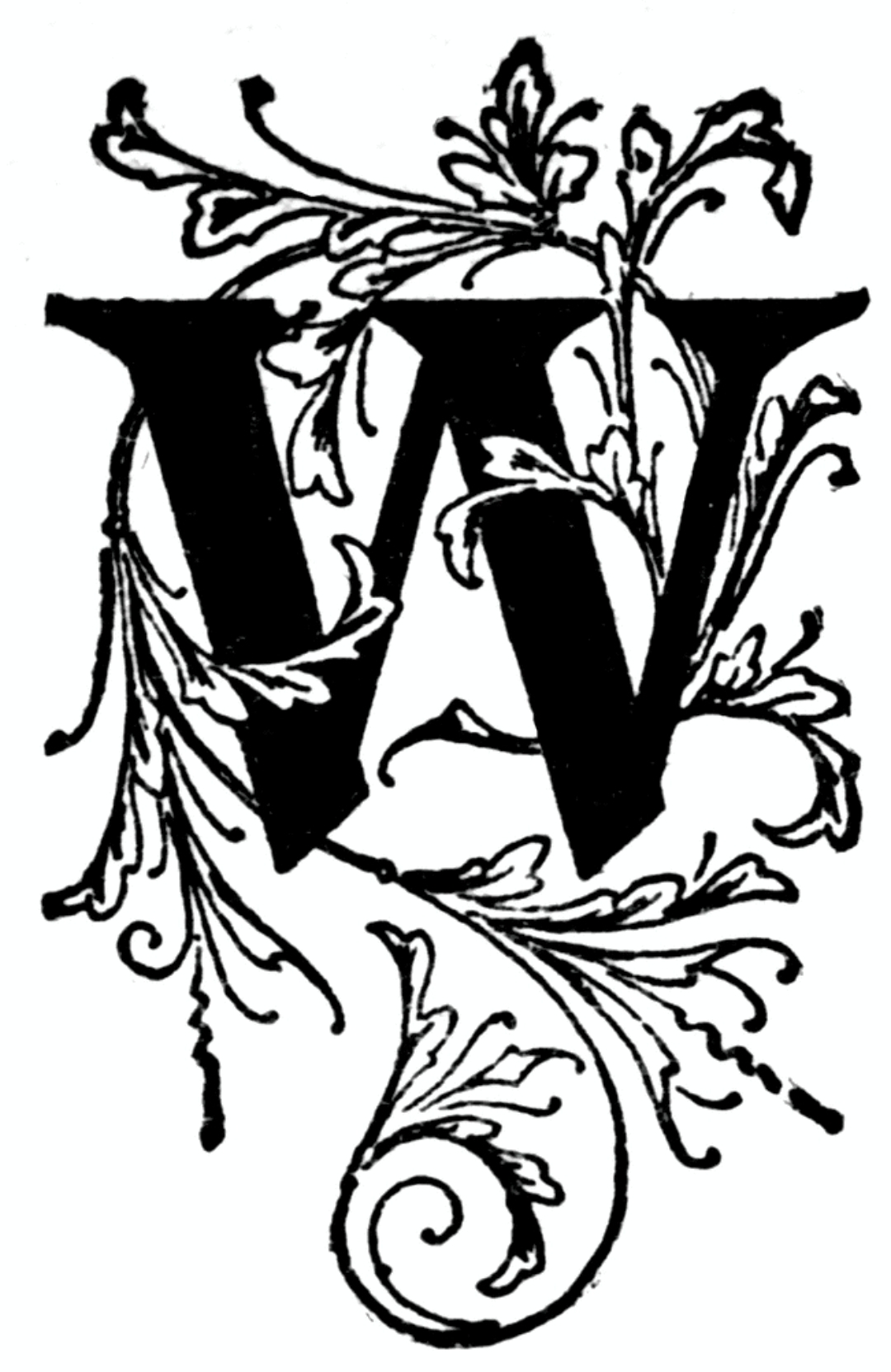In the US for example the standard is 110V for voltage and 80psi for water. In Europe, voltage is 220V, is water pressure different there too?
Water operates more like DC voltage so there isn’t really a need for a standard. You just need enough to get to your shower head.
That’s an interesting analogy. But just like too much current can melt a wire, I would assume there’s some upper limits to keep it from bursting pipes and fittings?
I think it’s 80psi/20psi to code.
But which regions code are you referring to?
US. I’d be surprised if anywhere was allowing more than 80psi.
20psi is really low so this value may have different variations. I’m on a well pump and before I replaced it I was getting down to 20psi. It barely dribbled out of the 2nd floor shower head. I now have the pump set to 60/40 with a 50psi restriction valve. This seems to be the sweet spot.
I’m not in plumbing and won’t know how to look this stuff up.
My house is operating at around 3,5-4 bar after the pressure regulator. Since I have no gauge I can‘t deliver the pressure of the supply. I guess it is around 6 bar. Small town in Germany.
We also have mandatory check valves since a couple of years to prevent water from entering the supply from the buildings in case the pressure drops.
The most common one is bar. 1 bar is roughly the atmospheric pressure.
An older German unit was atü, 0 atü is atmosperic pressure
So, a hole in a bucket? Doesn’t sound right.
Gauge pressure not absolute
Noggie here. Code dictates a minimum of 2Bar (~30psi), but it’s usually between 3-6 bar.
The pressure at my house was recently measured as I had some plumbing work done, and in my 2nd floor bathroom it clocked in at around 5 bar (75ish psi, I think)
It’s 120V and 240V
It’s 230V in Europe.
What genius decided to denote the difference by using three shades of the exact same colour?
Is that substantial though or is it like calling 120V something like 110V/115V?
Hes just being pedantic. Reality is US houses get a +120v and a -120v supply. Combine them is how you get 240v.
sorry dude thats not right. first off houses recieve AC power which cycles between positive and negative at 60hz ~120v rms in north america. they achieve a potential difference in voltage by basically taking a phase of power, splitting it into two lines and then lagging one line by 90° usually with the use of capacitance from what i was taught back in the day(Good ol ELI the ICEman). this phase shift now gives you a potential difference between those two lines of 240v and 120v between phase and ground. need to use phasor algebra with AC power. when dealing with 3 phase power you still wouldnt just add 120v plus 120v when going phase to phase, you would multiply 120v by the square root of 3 which gives you 208v.
Damn I got out pedanticed
There’s lots of pedantry going on in this thread rather than attempting to understand the spirit of the question.
It doesn’t matter one bit. The actual voltage from the wall varies, and devices are build to operate under a fairly wide margin.
In europe they mostly use Bars as the unit of measurement.
Mostly water pressure is around 1-2 bars as a minimum, but there are still places using different standards, for example the old style gravity-fed UK watersystems with sub 1 bar pressure, but those are not very common anymore.
Most domestic sanitary products in the EU are designed to be used on 1-5 bar pressure.
I read somewhere the domestic water pressure to be between 4-6 bar, however not sure how realistic it is accross the whole EU and also what you got at the mains and what you got when opening the faucet is two different numbers.
A bar is 100,000 Pa or 100.000 Pa. Why not use KPa? Why set a separate unit to be 1E+05?
Because 1 bar is almost atmospheric pressure. Oddly enough I’ve never seen anyone use kPa, weather forecasts often use hPa (instead of mbar) to report atmospheric pressure.
Will any pressure below 1 bar work at all? Wont it just suck the air in instead?
These pressures are all gauge pressure, not absolute pressure. 1 bar gauge pressure would be about 2 bar absolute.
1 bar is enought to lift water 10 meters up. The pressure gauges reads zero at atmospheric pressure.
Here in the UK the legal minimum is 1 bar per 10m of elevation. But usually the tap will have between 2 and 4 bars of pressure. Older buildings might only have 1 bar ofc. And by older I mean stuff that was built centuries ago and proper modern water supply is impossible to install.
Australia uses kilopascals rather than PSI. Our standard is 500kPa which works out at around 72 PSI.
80psi
different there too?
Of course, because psi exists only inside Usa. The real world does not use body parts for measurement anymore ;-)
I use Torque per cubic foot.
Stork’s foot or crocodile’s?
King Charles’
Not European, but I think they might not use PSI since that’s Pounds per Square Inch. I believe they use Pascals.
In Germany at least I think th most popular unit is Bar
Portugal is the same.
Doesn’t really matter the unit of measurement. Kinda like hp/ps or lb-ft/nm, there are equivalents. I’m more interested in the values, but you do have a valid point there.
Well, you’re asking about other countries and literally no one knows what PSI is :)
Afaik water pressure is variable on each city’s design needs.
And the location of the house/apartment. Houses higher up have lower water pressure and in apartment buildings the upper floors have lower pressure than bottom floors. 1bar of pressure lifts water 10 meters high. When constructing heating lines on a new building we might have the heating on on the first 3 floors despite the ends of the pipes leading to upper floors still being open and half of the building missing. The water wont spray out as long as we keep the pressure low enought that it doesn’t rise to where the pipes end.
Everyone else is focusing on whether the rest of the world uses metric and not that fact that water pressure at a given faucet or shower head will be governed by bernoullis equation which will take 99 things into account such as:
The max height of the water reservoir
The height of your faucet
The design of the pipes leading from the reservoir to your faucet
Air pressure
The pumps in the system
Etc








